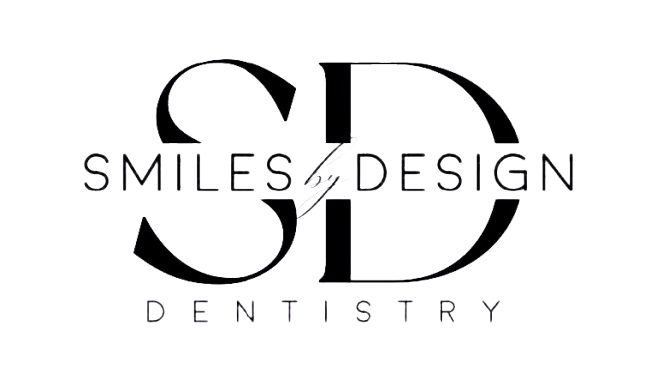
Inlays & Onlays

Inlays and onlays are dental restorations used only by a select number of dentists. In certain cases, inlays and onlays are a conservative alternative to full coverage dental crowns. Also known as indirect fillings, inlays and onlays offer a well-fitting, stronger, longer lasting reparative solution to tooth decay or similar damage. These restorations are beneficial from both an esthetic and functional point of view.
Inlays and onlays can often be used in place of traditional dental fillings to treat tooth decay or similar structural damage. Whereas dental fillings are molded into place within the mouth during a dental visit, inlays and onlays are fabricated indirectly in a dental lab before being fitted and bonded to the damaged tooth.
The restoration is dubbed an “inlay” when the material is bonded within the center of a tooth. Conversely, the restoration is dubbed an “onlay” when the extent of the damage requires the inclusion of one or more cusps (points) of the tooth or full coverage of the biting surface.

The Benefits of Inlays and Onlays
- Superior Fit: Inlays and onlays offer a conservative preparation that preserves as much healthy tooth as possible. They are a great choice if you have minimal to moderate tooth decay that extends into a flossing area, offering an excellent alternative to full coverage crowns.
- Tooth Color: Boasting esthetic longevity, inlays and onlays are not likely to discolor over time as tooth-colored resin fillings often do.
- Tooth Structure Safeguard: Inlays and onlays preserve the maximum amount of healthy tooth structure while restoring decayed or damaged areas, helping to ensure functional longevity.
- Easy Tooth Cleaning: Because the fit is tailored at all edges and the preparation minimal, your tooth can be easier to clean than it would be with full coverage of restorative alternatives such as a dental crown. Composite fillings can shrink during the curing process, whereas prefabricated inlays and onlays will not (ensuring a precise fit).
- Tight Space Fulfillments: If you have a cavity between your teeth, consider an inlay rather than a direct composite filling. Inlays are better at sealing teeth to keep out bacteria; they are easy to clean, will not stain and offer exceptional longevity.
- Strength and Stability: Inlays and onlays are extremely stable restorative solutions for the treatment of decay. The superior fit and durable material make inlays and onlays a stable choice that can actually strengthen a damaged tooth.
- Weak Tooth Protector: An onlay can protect the weak areas of the tooth. The procedure does not require the complete reshaping of the tooth



